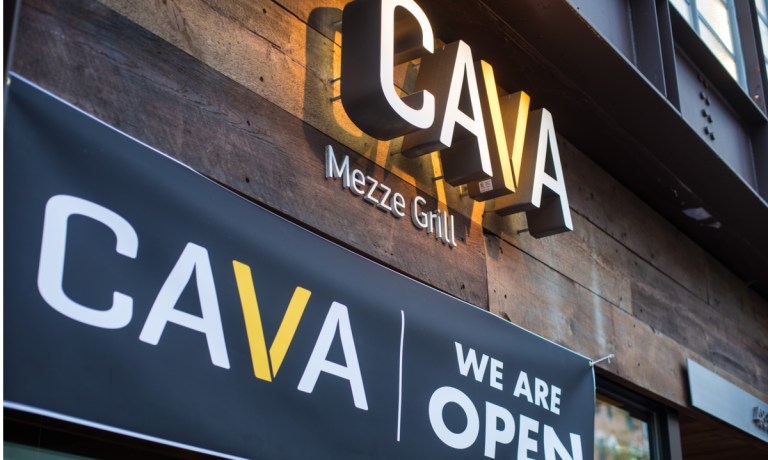IPO Market Struggles as It Enters ‘Rebuilding Mode’

Initial public offerings (IPOs) might be back, but they’re not all the way back.
As The Wall Street Journal (WSJ) reported Sunday (July 2), last week saw a trio of companies — thrift store chain Savers Value Village, reinsurer Fidelis and Kodiak Gas Services — all go public, with the latter two pricing their offerings under their targeted ranges and seeing drops on their opening day of trading.
“We’re in an IPO market that’s not fully open yet. We’re in rebuilding mode,” said Douglas Adams, Citigroup’s global co-head of equity capital markets. “Rebuilding modes generally aren’t a straight line.”
The report notes that last month saw a major IPO success story in the public listing of Cava, a fast-casual Mediterranean restaurant chain.
And while this year could still see a number of high-profile IPOs, such as British chip designer Arm and grocery delivery platform Instacart, the waters are still muddy, the WSJ report said.
This year remains a slow one for companies going public, with inflation and rising interest rates muting the demand for IPOs. As of Friday (June 30), traditional IPOs in the U.S. had raised about $9 billion, the WSJ said.
That number is higher than last year, but still below the $87 billion and $24 billion companies had raised midway through 2021 and 2020.
This news follows a report last month from Bloomberg — citing research by Goldman Sachs — that shows that while the IPO environment was improving, the amount of IPO activity was lagging behind and not seeing a similar improvement.
Goldman’s research, using a scale on which 100 equals the typical macro environment for IPO activity, found that the current environment is rated at 93 — much improved from the low of 7 to which it fell to in September 2022.
Factors determining the health of the IPO activity environment include CEO confidence, nominal two-year Treasury yields, the S&P 500’s trades and the ISM Manufacturing Index. Still IPO activity was still below that of 2022 and 95% below that of 2021.
The Goldman report expects the environment to grow stronger in the back half of the year, even reaching a level of 119 on its barometer if there is an economic soft landing during that time.